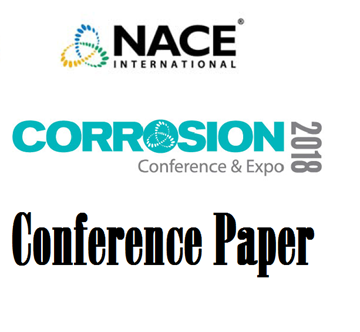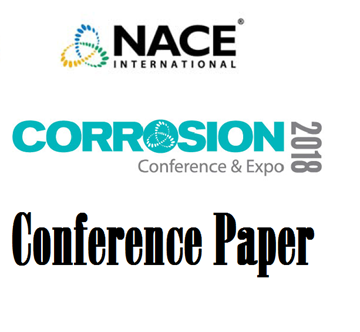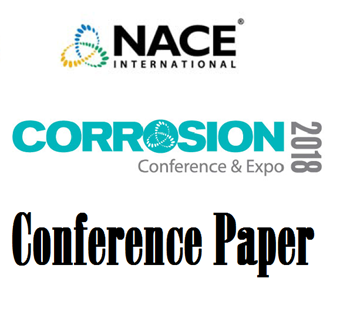Search
51318-10807-Corrosion Inhibition of Stainless Steel in 0.5 M HCl by C6H5NH2
Also Purchased
51318-10816-Development of a testing method for crevice corrosion repassivation of Ni-Cr-Mo alloys by cooling
Product Number:
51318-10816-SG
Publication Date:
2018
$20.00
51318-10701-Stress Corrosion Cracking of Stainless Steel in Heavy Black Liquor - Mill Experience.
Product Number:
51318-10701-SG
Publication Date:
2018
$20.00
51318-10805-Understanding Film Persistency using Adsorption and Desorption Studies
Product Number:
51318-10805-SG
Publication Date:
2018
$20.00




